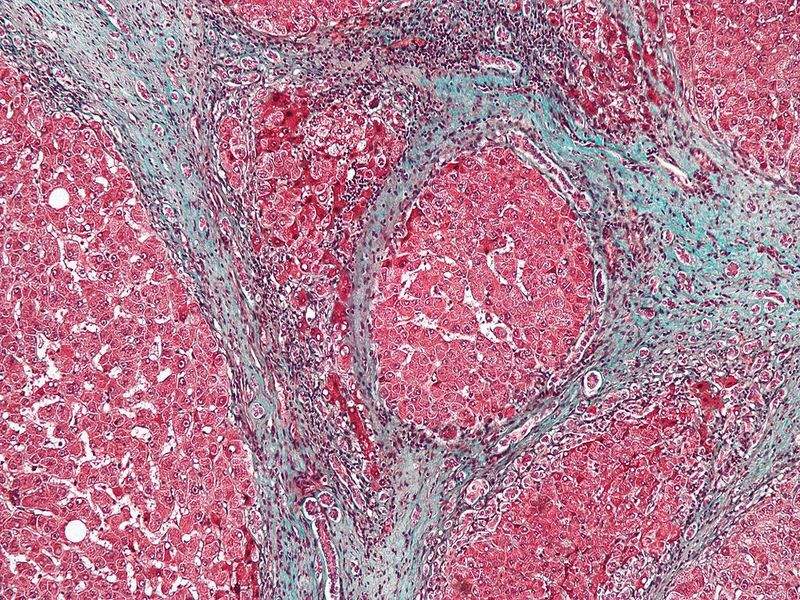

Synlogic has received fast track designation for its lead product candidate SYNB1020 from the US Food and Drug Administration (FDA).
SYNB1020 is an oral, investigational medicine that can be used for the treatment of hyperammonemia in a group of rare genetic diseases called urea cycle disorders (UCDs).
Patients with UCD have intermittent periods of hyperammonemia, the symptoms of which can range from mild loss of appetite, vomiting, and lethargy, to a serious hyperammonemic crisis leading to long-term cognitive or behavioural impairment, toxic encephalopathy, and death.
SYNB1020 is the first in a novel class of living, Synthetic Biotic medicines under development and is currently undergoing its Phase I healthy volunteers study to evaluate the safety and tolerability of the medicine.
It is also under development as a possible treatment for patients with hyperammonemia associated with hepatic encephalopathy (HE) due to cirrhosis.
Synlogic chief medical officer Aoife Brennan said: “The FDA’s decision to grant fast track status underscores the high unmet medical need in UCD patients, who experience intermittent periods of hyperammonemia, resulting in serious and potentially fatal consequences.

US Tariffs are shifting - will you react or anticipate?
Don’t let policy changes catch you off guard. Stay proactive with real-time data and expert analysis.
By GlobalData“We will use the advantages that fast track status provides to advance the development of SYNB1020 which has the potential to provide an improved treatment option for UCD patients.”
In August 2016, Synlogic’s SYNB1020 was granted Orphan Drug Designation for the treatment of UCD.
The company intends to begin two additional clinical trials by the middle of next year with the investigational candidate in patients symptomatic of both UCD and HE, diseases where patients suffer from increased and toxic ammonia levels.
Image: Micrograph showing liver cirrhosis, a condition that often precedes hepatic encephalopathy. Photo: courtesy of Nephron / Wikipedia.



